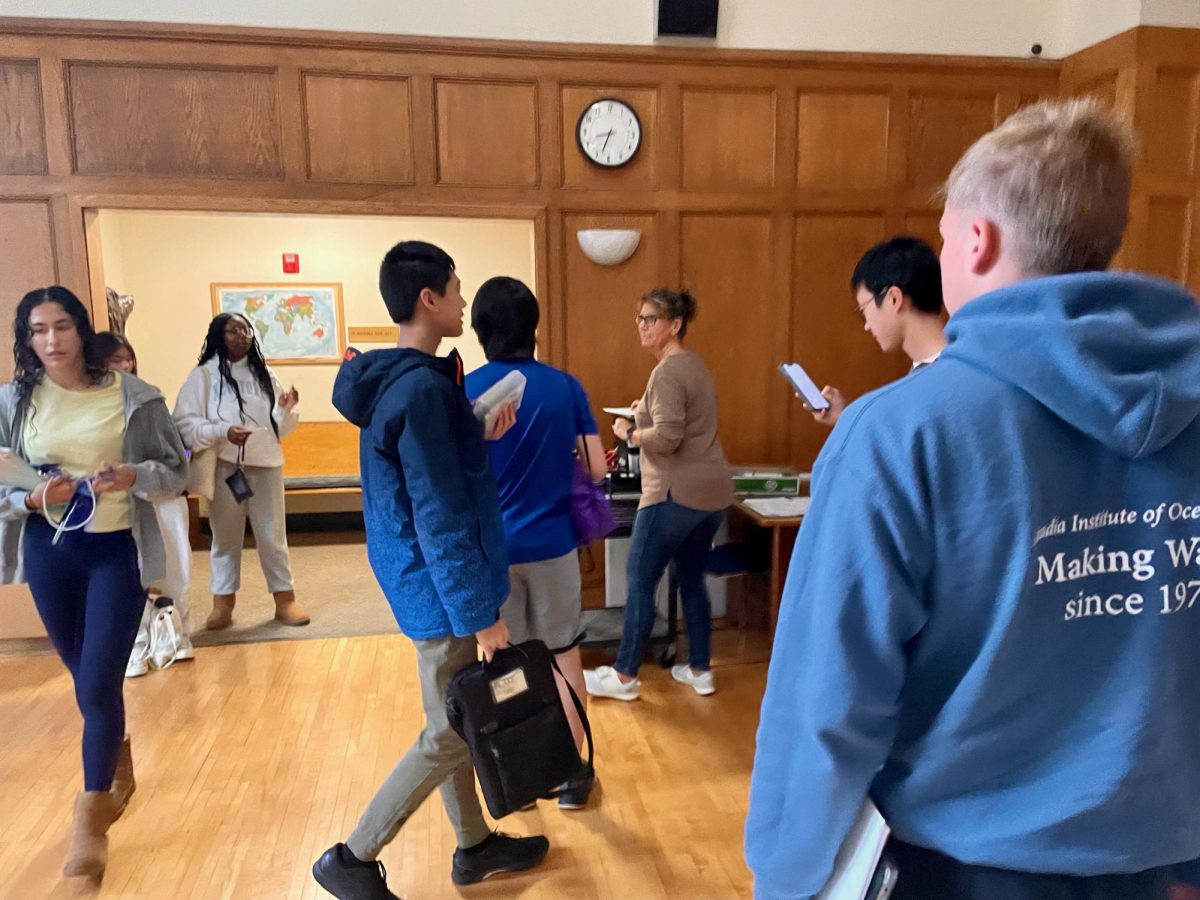Our local markets, and their opposing franchisers, differ from alternative market infrastructures around the world, as the interaction between customer and farmer is diminished and substituted with modern establishments.
As each corridor within Whole Foods seems to relish the term “natural,” there is a fight to distinguish the importance of brand marketing and it’s impact on one’s’ buying potential. Franchises such as Whole Foods wrap us in a cloak of health; a protective shelter from another incident with microwavable packets of cheap splendor. Terms such as “organic” and “real” are used as marketing strategies, resulting in a deep contrast between foul-organic (such as organic cheese puffs) which do contain processed material, straying from prominent “raw” goods. Grass-fed meat, a common choice amongst foodies, indicates meat that has not been through chemical processing, such as antibiotics and added hormones. The Raw Dependency, an evocative ideal “lifestyle”, was constructed by the culture of media as a method of “marketing”. Although the Raw Dependency results in overall healthier clientele, the stores (such as Whole Foods) encourage this epitome of well-being. Soon the method became a social phenomenon; suddenly avocados and grapefruit became a movement – a certain stance towards the healthy and productive consumer.
In the summertime, our city becomes a mecca for local farmers and their scrumptious radishes, as many consumers disperse from Whole Foods to The Downtown Farmers Market, which is comparable to foreign markets. There, a few special selections include some dumplings (Momos), Sonny’s Ice Cream and various flower vendors. In opposition to the American establishment of supermarkets, other countries, including Cuba, Mexico and Peru, hold grand (more vendor style) markets where local farmers sell produce year round. Here, the consumers create personal relationships with their vendors, unlike our local co-ops or franchises. Due to the inability to create such interpersonal connections, Whole Foods and The Wedge (a local co-op) do succeed in supplying their buyer with relevant information on several of their products and their cultivators. Another benefit of these mass popularized companies of health is that they foster advancement and commercial recognition from more consumers, increasing the demand for local farms.
The Raw Dependency, the human tendency to sway from modern establishments of processed foods, is rooted at these local organizations. Their allowance of near-intricate connections between consumer and producer is a remarkable establishment within our community, allowing the consumers to further better or enhance their “Raw Dependency.”






